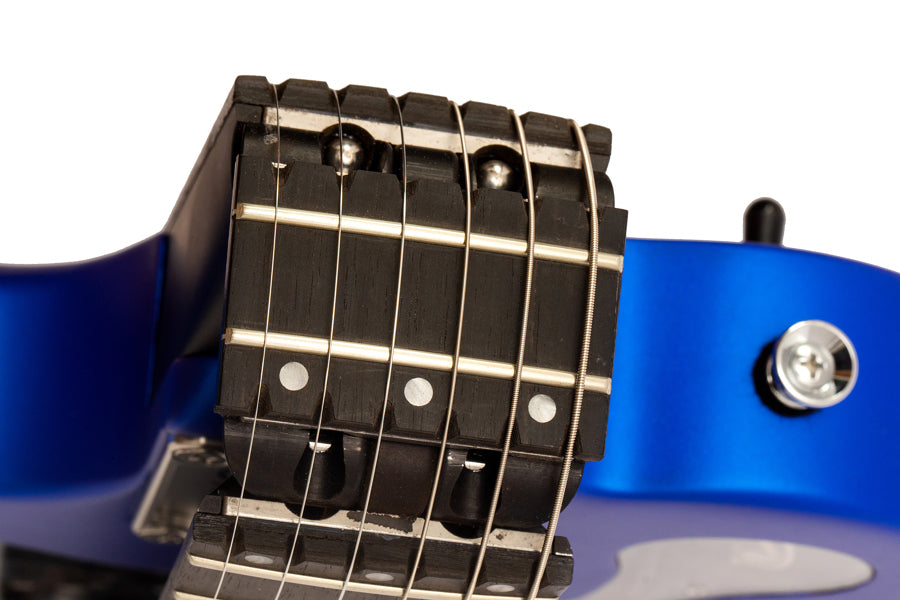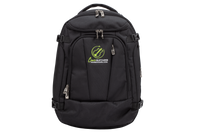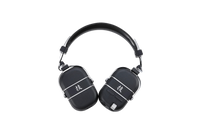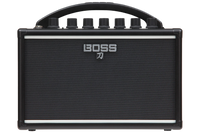

When you look at the Ascender, the first thing you might notice (after you’re past the fact that the guitar is folded!) are the six V-grooves just before the 12th and 14th frets, where the neck splits into two places to fold backward.
Questions about the Ascender’s V-grooves are among the most common, and we’re here to answer them, starting with these three:
What is the point of the V-grooves on the fingerboard?
The V-grooves on the fingerboard give the Ascender a unique elegant string management system, allowing the strings to follow the fold, keeping the strings safely in place when the neck of the guitar folds.
Do the V-grooves impact string action or bends?
No. The strings ride the frets at all times. The V-grooves, which retain the strings gently during the folding and unfolding process, are shallow and well below the frets. Shred away! For a quick video on our Instagram of our own Tommy Benson bending strings on the Ascender, click here.
Do the V-grooves damage the strings?
No. When you release the concealed lever, the string tension drops from 118 lbs down to just 3 lbs, which we’ve exhaustively tested to be just enough to rest the strings within the V-grooves as the neck folds without damaging the strings. The result: elegant string management with kink-free string performance.





